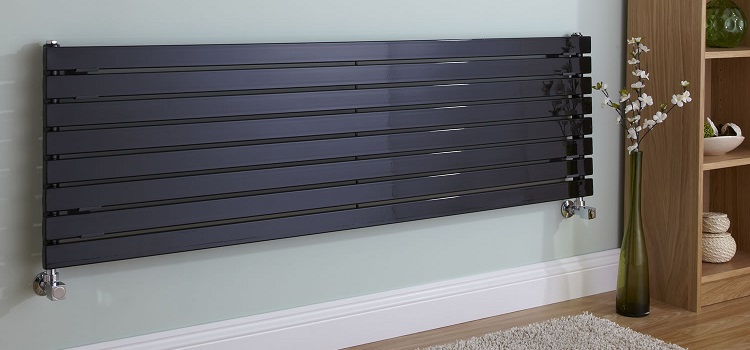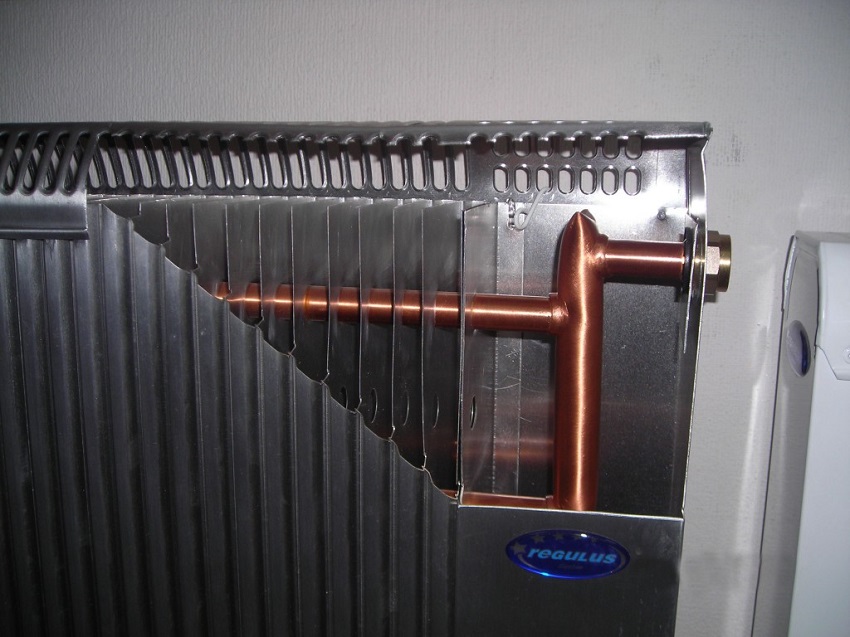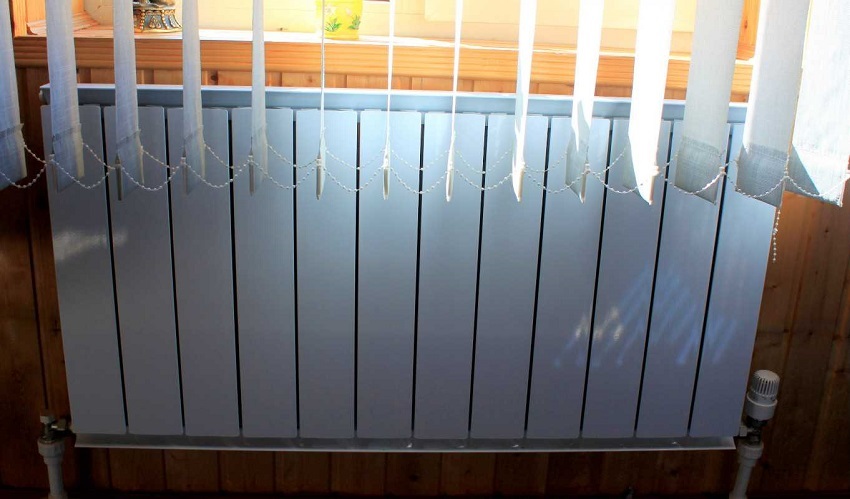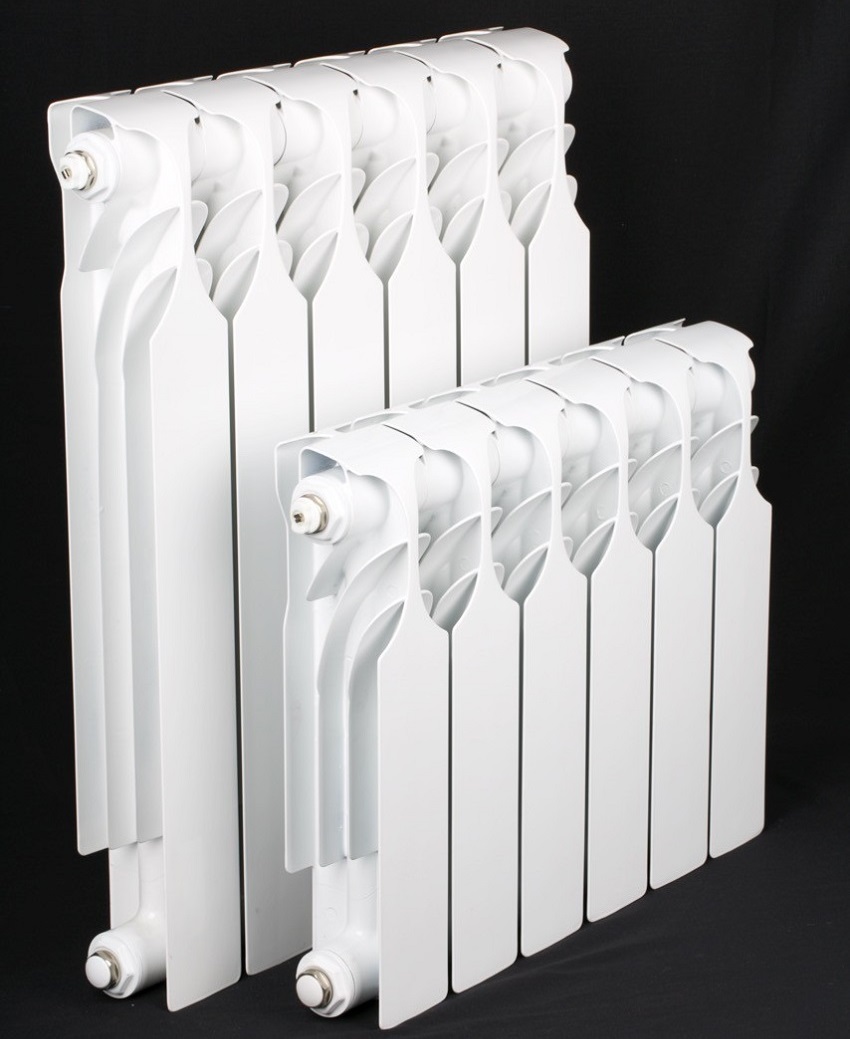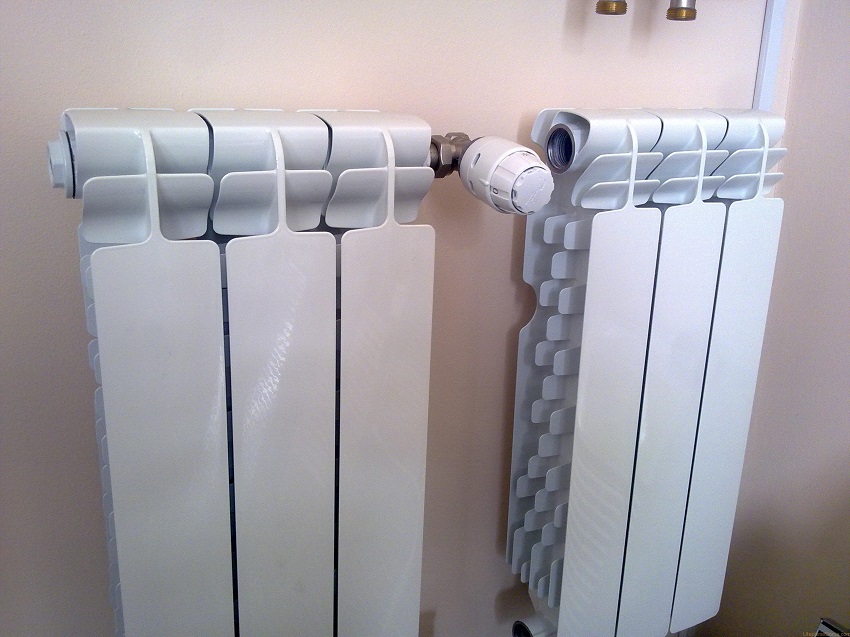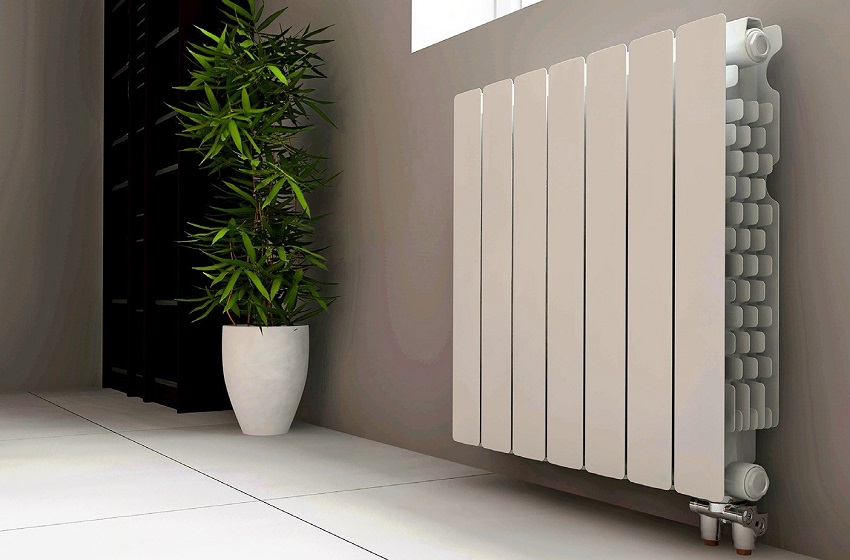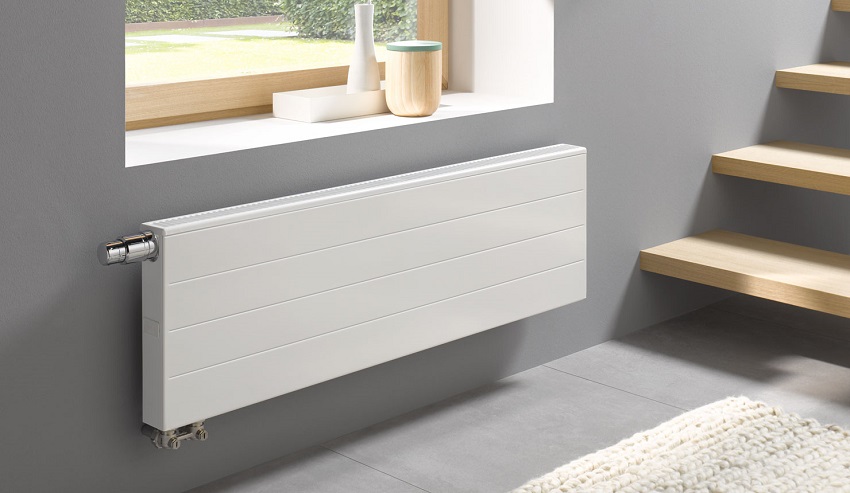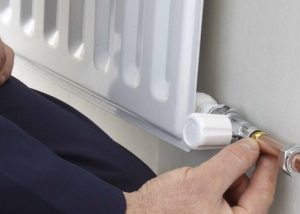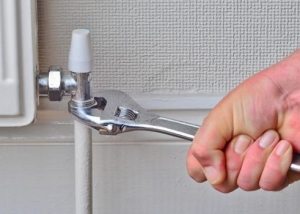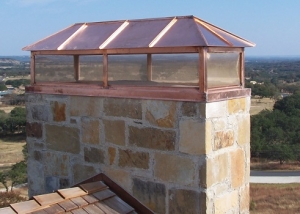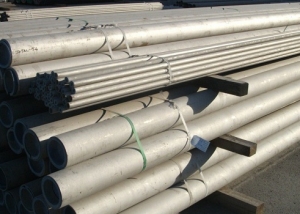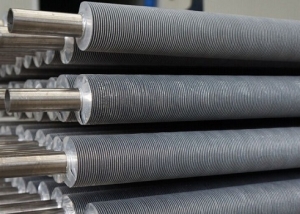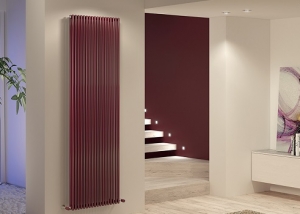It is not known exactly who came up with the idea of placing a steel pipe in an aluminum case. Since then, stylish radiators in all respects compete with their predecessors. Almost every manufacturer has bimetal heating radiators in their assortment - which are better and more reliable, buyers and rating compilers decide. The properties of two metals have been successfully adapted for heating equipment. This mix extended their life, adapted for water hammering, coolant contamination and possible damage.
Content
What is the feature of bimetallic products
According to most parameters, experts consider these batteries to be the best among other analogues, with the exception of copper ones, which are much more expensive and more difficult to install. The main technical characteristics of bimetallic radiators meet all modern requirements, it is difficult to distinguish significant shortcomings from them.
Structurally, it is a steel pipe through which a heat carrier passes, enclosed in an aesthetic shell. The advantages of both metals brought popularity to these models, making them the most sought-after in the market of thermal equipment.
Bimetal radiators heat up quickly when hot water or antifreeze is supplied. Steel gives its heat to aluminum, and that, in turn, quickly transfers these calories to the airspace of the room. Products consist of a number of sections on threaded connections - this is the external "casing" of the steel pipeline.
This constructive solution provides:
- high strength;
- reliability;
- flawless operation for a private house or apartment;
- a long period of work (25-30 years) both in the private sector and in urban multi-apartment housing.
In terms of durability, this arrangement of two metals brings bimetallic batteries closer to the best cast-iron counterparts of foreign production, but they exceed them in weight. Some experts note that connecting parts made of different metals reduce heat loss, although not significantly.
Attention! Imported samples are less adapted to the Russian realities of heating systems. Therefore, when buying, it is important to pay attention to the description, the method of connection to thermal communications and connecting parts, in order to choose your option.
The coolant circulates through the all-welded pipe, which ensures the battery life:
- to deformations;
- leaks;
- hydraulic shock.
Stainless steel is inert and practically insensitive to water without filtration, a coolant with any level of acidity or alkaline environment. The specific form of modern bimetallic heating radiators is better than any other creates the effect of turbulence in the formation of warm air masses.
The inner surface of the main container made of stainless steel has an anti-corrosion layer.Docking of parts is thought out to the smallest detail, so that all connecting components on the outside and inside are resistant to the occurrence of rusty areas. External aluminum fins, tightly adjacent to the steel pipe, provide excellent thermal conductivity and high efficiency of these batteries. When choosing between bimetallic or cast-iron batteries, the latter have less and less followers.
Varieties of bimetallic models
A high-quality compound of two metals can withstand pressure up to 40-50 atmospheres. Moreover, they are faster than other products warm the air in the room, providing comfort to all living or working in the room.
Conventionally, all bimetallic models are divided into 2 groups:
- bimetallic.
- semi-bimetallic.
This classification refers to minor design differences. Semi-bimetallic are also equipped with an aluminum casing, having a steel base in vertical manifolds. The coolant is in contact with the metal at a lower pressure than in bimetallic models. In another subgroup, with a solid steel frame, there is also an aluminum shell on top, and the coolant only contacts the steel pipe. The price of semi-bimetallic batteries is slightly lower.
The estimated cost of high-quality bimetal radiators is presented in the table. Using it, you can determine which company has a higher price, and whose models are more accessible.
Table 1
| Mark | Manufacturer | Cost, rub. |
| Global Style, Radena, Sira | Italy | About 1000 |
| Sira | Italy | 900 |
| Tenrad | Germany - China | 800 |
| Gordi | China - Russia | 700 |
| Rifar | Russia | 400 – 700 |
| Regulus | Russia | 600 |
| SANTEHPROM | Russia | 500-600 |
High-quality heaters have a carbon steel core of sufficient thickness. The likelihood of rust is minimal, but it will gradually get there with water. Accordingly, over time, such radiators will also have to be cleaned with a hydraulic pump and reagents. However, this clogging will not affect long-term operation - from 25 years (and possibly more).
Semi-bimetal in some places has contact with the coolant; they are likely to serve less. However, buyers are bribed by the excellent aesthetics and affordable price of these products. But there is another difference, they are:
- Monolithic aluminum-steel (20% more expensive).
- Sectional (with the possibility of building, it is better for a private house).
Important! There are models with a copper core, which has proven itself in autonomous heating systems. In a closed loop, you can let any filler (antifreeze, oil), so that in the absence of the owners in the private house the system does not freeze.
As you can see, regarding the question of which bimetallic radiators are better, it is important to consider all aspects. But, in case of repair, replacing a leaky section can be done much faster, more reliable and cheaper than changing a monolithic radiator.
Pros and cons of bimetal radiators
Obvious advantages of steel and aluminum products:
- characterized by increased heat transfer and high efficiency;
- quickly warm up and better give temperature to the air of rooms;
- lightweight, compact, aesthetic, best for an apartment with a modern renovation;
- each section has a high heat output;
- fit well into the interior design of any style;
- subject to pressure testing, it is possible to significantly increase pressure resistance;
- realized in different color variations, self-repainting in living conditions with heat-resistant enamels is possible;
- are offered in a different format (high, low, medium dimensions and vertical sectional batteries);
- there are models on the legs - without mounting on walls with brackets;
- resistant to low-quality coolant;
- all models are resistant to temperature and pressure drops (up to 35 - 40 atmospheres);
- suitable for cleaning, repairing and replacing individual sections;
- many models have a thermostat (heating control), which is convenient for sudden warming or cooling;
- providing a comfortable room temperature with a relatively small amount of coolant.
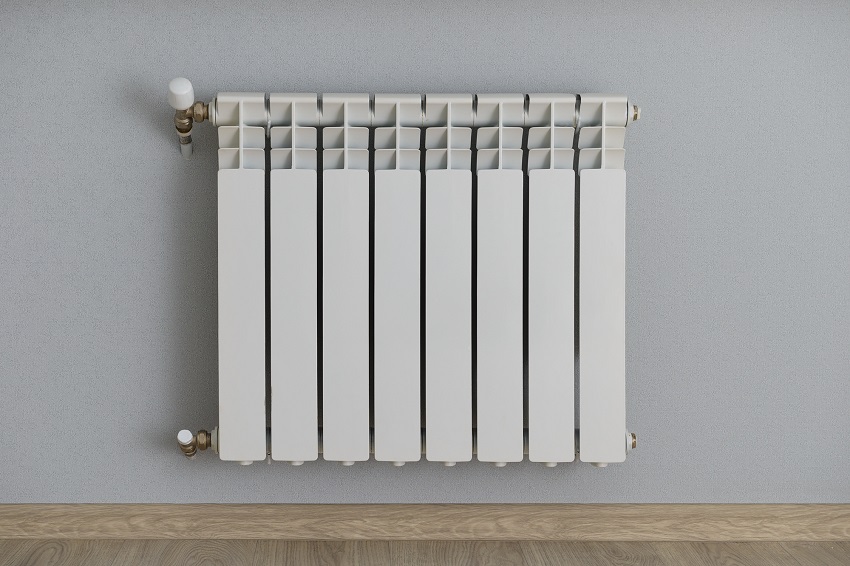
Modern models are equipped with faucets and temperature regulators to control the temperature in the room
Like all products, bimetallic batteries also have disadvantages:
- low-quality coolant reduces the life of semi-bimetal radiators;
- the expansion coefficient of steel and aluminum is different, which, when the coolant is supplied too hot, creaks and crackles provoke, indirectly this reduces their durability;
- air in the coolant can eventually provoke corrosion at the joints and inside the steel core;
- relatively high price, especially for imported copper core products.
Monolithic heaters are considered the most reliable in quality. But the joints in thermal communications can still not be avoided, for example, when replacing batteries or pipes.
Expert advice on choosing bimetal radiators
Do not rush to purchase heating units. Most often, potential consumers look at the price tag, where the manufacturing countries are indicated, and the dimensions of the products that should fit into the window sill. Do not flip through catalogs, in a hurry to make a purchase at a discount, most likely this is a dubious product of a domestic or Chinese brand that does not withstand competition in the world market.
If you have preliminary experience in purchasing this kind of product, then you can focus on brands, since trusted companies are usually trusted in absentia. For example, Sira products are the leader in the global thermal equipment market. It was here that the developers proposed a fundamentally new bimetal heating radiators. They are ahead of most leading companies in quality, guaranteeing a period of faultless operation of up to 40-50 years on their products. But this is subject to the filtration of water with a low content of calcium and chemicals.
It is because of the low quality in urban thermal communications that most potential buyers refuse to import equipment - Italian Radiatori 200, Radena or Global Style in favor of domestic Rifar batteries. Our products are adapted to poor water, sometimes sold with “foreign” names, such as Elsotherm and Apriori, but they are half or three times cheaper.
Buyers speak well of copper-steel radiators Regulus-system (Poland), German Kermi and South Korean Mars. Although the products are expensive, there is no doubt in their quality. The steel pipe inside the batteries of the same brand reduces their cost by half.
All the listed advantages of bimetallic models, regardless of the company, are complemented by a spectacular design that adapts to any style of interior. When buying, be sure to check the equipment and check the cross-section of the pipes in your home, comparing with the diameters of the input battery collectors. Do not be lazy to check with the sellers of thermal equipment whether the inner core has a protective coating if you purchase domestic radiators.
